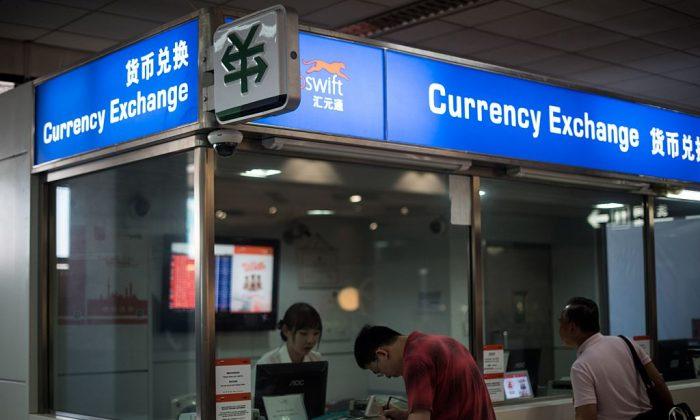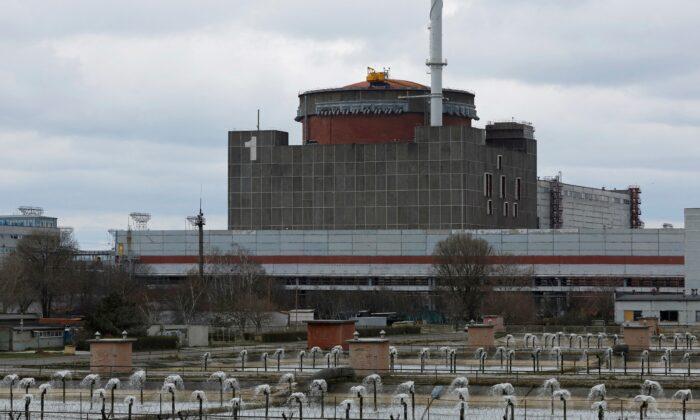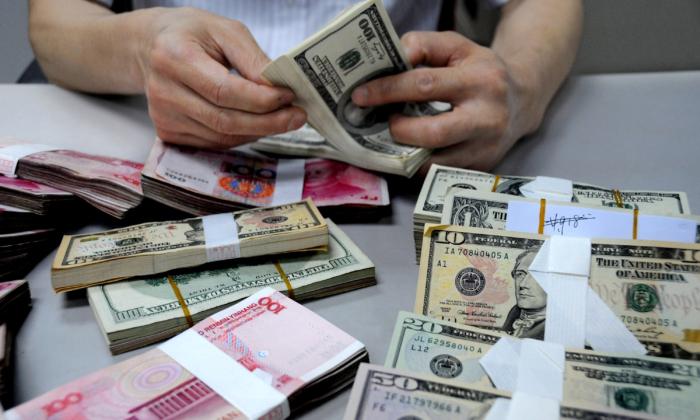The outcome of the U.S.-ASEAN summit that ended on May 13 was a pledge to establish an ASEAN-U.S. Comprehensive Strategic Partnership in November of this year. Experts believe Taiwan, a non-ASEAN member, would become a beneficiary in the U.S. efforts to counter China in the Pacific.
Among the initiatives, $60 million is dedicated to new regional maritime security led by the U.S. Coast Guard (USCG), including the deployment of USCG assets and the transfer of ships to Southeast Asian countries “to increase the coastal nations’ maritime law enforcement capacity.”
Beijing’s claim to the South China Sea infringes on the sovereignty of several Southeast Asian nations. Currently, the Chinese Communist Party (CCP) has territorial disputes with several ASEAN members, such as Brunei, Indonesia, Malaysia, the Philippines, and Vietnam, as well as non-ASEAN members Taiwan and Japan.
A director at the thinktank Taiwan Institute of Economic Research, Hua Chia-Cheng, told The Epoch Times that the U.S.-led Indo-Pacific Economic Framework (IPEF) does not force the countries to choose between the United States and China but seeks to reduce the countries’ reliance on China. Recognizing that ASEAN is heavily involved with China economically, the United States realized the need for a more diversified and resilient supply chain amid the global pandemic and to cement its presence in Asia.
“Reliable trade partners with shared values are what the United States is really looking for in the Indo-Pacific,” Hua said. “[The partnership] is not simply to reduce tariffs on each other, but to establish security and trust.”
Hua said the United States and ASEAN countries would need to negotiate and prioritize the fields to cooperate on so that IPEF partners can relieve pressure on the supply chain in the case of an emergency.
China’s ASEAN Relations and ‘Belt and Road Initiative’
In November 2021, China and ASEAN were upgraded to a “comprehensive strategic partnership,” according to a joint statement (pdf) for the 2021 ASEAN-China Special Summit. Since 2009, China has been ASEAN’s largest trading partner for 12 consecutive years. And in 2020, ASEAN became China’s largest trading partner for the first time.China’s Ministry of Commerce called ASEAN a critical part of its “Belt and Road Initiative (BRI)” and the new land-sea corridor for international trade.
The BRI—which serves as a tool for the CCP’s global expansion—finances enormous loans to developing nations for building infrastructure.

The ostentatious projects have been described as being a part of so-called debt-trap diplomacy since the often unpayable loans will force the nations to repay China with goods or land.
Chinese state-owned banks provide the countries with loans they can barely afford. The loans are then used to pay Chinese companies in order to build infrastructure, including the development of roads, ports, power plants, mines, telecommunications, or banking institutions.
When the nations are unable to pay, they must grant China assets like long-term exploitation rights for natural resources, or leases of infrastructure built using the loans.






